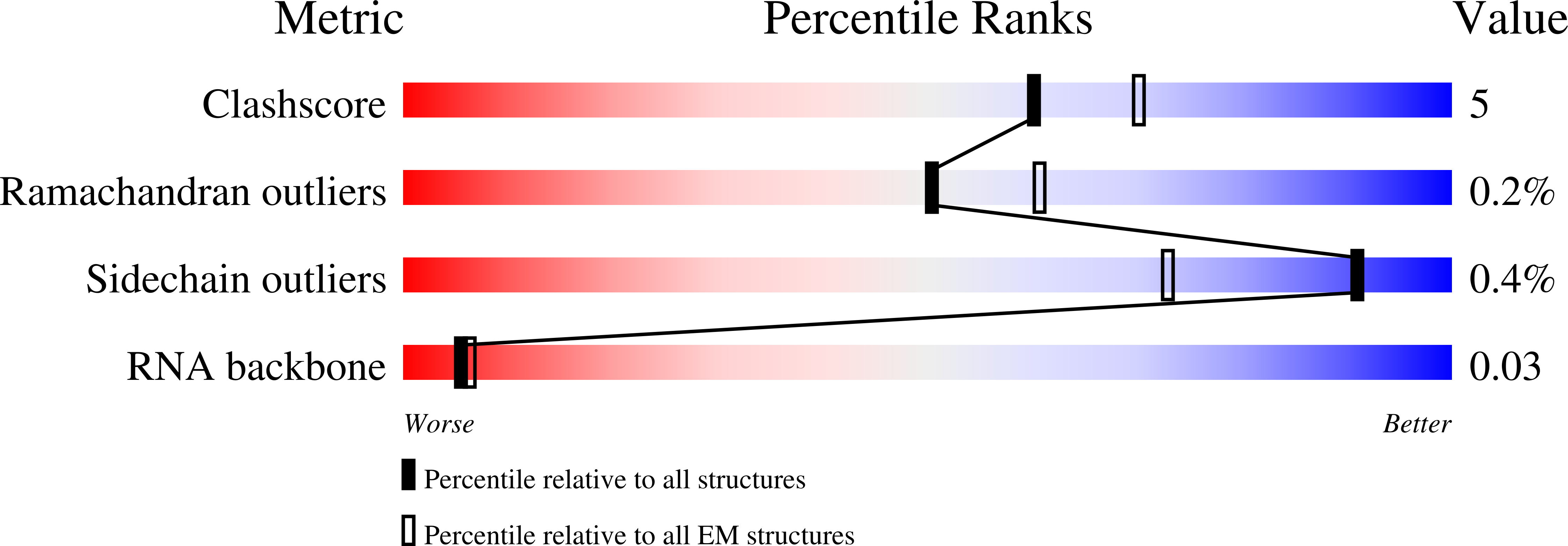
Deposition Date
2020-07-21
Release Date
2021-03-31
Last Version Date
2025-05-28
Entry Detail
Biological Source:
Source Organism:
Mycobacterium sp. JS623 (Taxon ID: 212767)
Host Organism:
Method Details:
Experimental Method:
Resolution:
3.90 Å
Aggregation State:
PARTICLE
Reconstruction Method:
SINGLE PARTICLE


